Coriander (Coriandrum sativum) is a versatile herb that is widely used in culinary dishes across the globe for its distinct flavor and aroma. Also known as cilantro, coriander leaves are an essential ingredient in many cuisines, such as Mexican, Indian, Middle Eastern, and Southeast Asian. In addition to its culinary uses, coriander leaves are also prized for their nutritional benefits and medicinal properties. Cultivating coriander at home or on a larger scale requires attention to soil, water, temperature, and harvesting methods to ensure high-quality leaves.
Cultivation Method of Coriander Leaves
Climate and Temperature Requirements
Coriander thrives in temperate climates, with a preference for moderate temperatures between 18°C and 24°C (65°F to 75°F). It can tolerate a range of temperatures, but extremes, such as very hot or freezing conditions, can cause it to bolt or lose its flavor. In areas with harsh summers, it is ideal to plant coriander in the cooler months or in shaded areas to protect it from excessive heat.
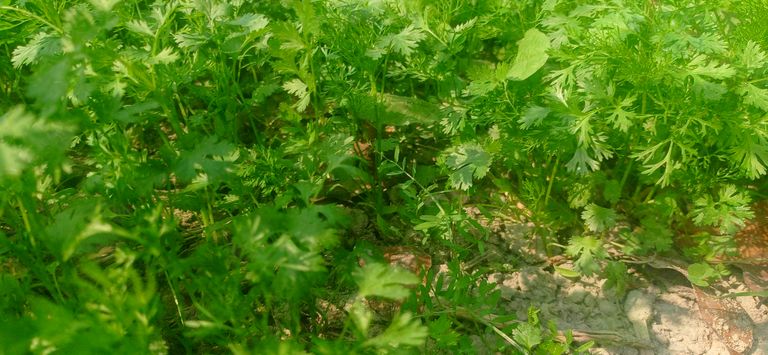

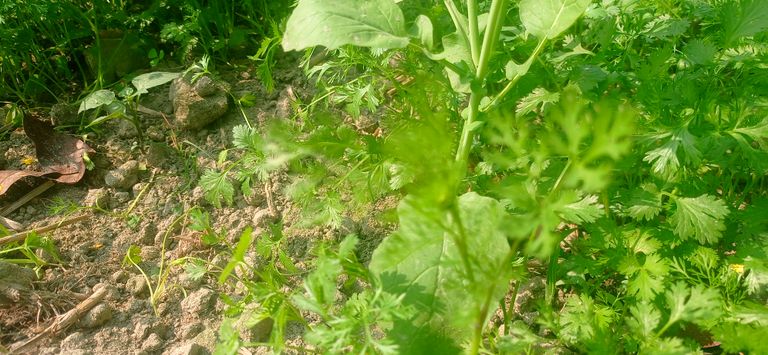
Soil Requirements
Coriander prefers well-draining soil with a pH level of 6.5 to 7.5 (slightly acidic to neutral). Sandy loam or loamy soil is best for growing coriander, as it allows the roots to spread easily while maintaining moisture without becoming waterlogged. Before planting, it's essential to enrich the soil with organic matter such as compost or well-rotted manure to improve fertility and drainage.
Sowing Seeds
Coriander can be grown from seeds, which should be sown directly into the soil. The seeds can be planted in rows or scattered across the soil surface. Typically, coriander seeds are planted about 1-2 centimeters (0.5-1 inch) deep, spaced about 10-15 centimeters (4-6 inches) apart to allow for proper growth. Seeds can also be soaked in water for 24 hours before planting to speed up germination. Coriander generally germinates in 7 to 10 days under optimal conditions, but this can vary depending on the temperature and soil moisture.
Watering and Maintenance
Coriander requires consistent moisture, especially during germination and early growth stages. However, overwatering can lead to root rot, so it’s important to maintain a balance. Water the plants when the top layer of the soil feels dry, and ensure that the soil drains well. Avoid letting the plant sit in standing water. During periods of high heat, increase watering frequency to prevent the plants from wilting.
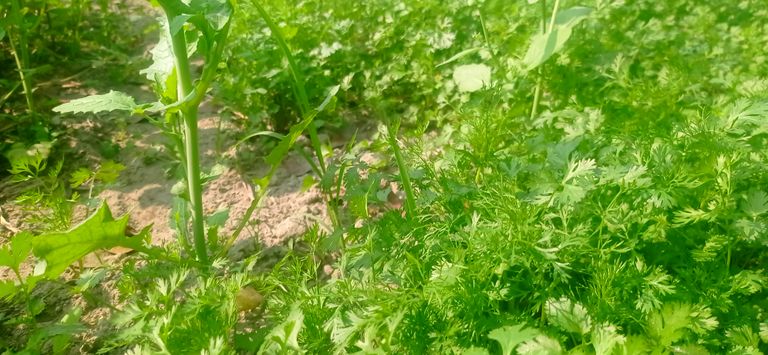
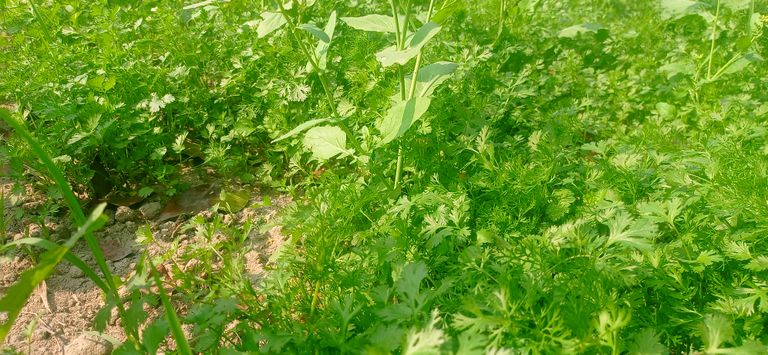
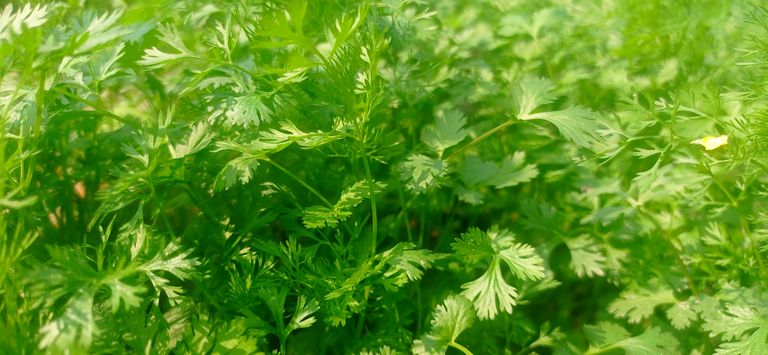
Regular weeding is important to reduce competition for nutrients and space. Mulching around the plants can help retain moisture and suppress weed growth. Coriander is also prone to pests like aphids and caterpillars, so occasional monitoring and organic pest control may be necessary.
Harvesting
Coriander leaves can be harvested once the plants are 3-4 weeks old and have grown to a sufficient size. The leaves should be picked carefully to avoid damaging the plant. Typically, the outer leaves are harvested first, while allowing the inner leaves to continue growing. Regular harvesting encourages the plant to produce more leaves. Coriander tends to bolt, or flower and seed, as it matures. Once bolting occurs, the flavor of the leaves becomes more bitter, and the plant begins to focus on seed production.
For those who wish to save seeds for future planting, coriander flowers should be allowed to bloom, and the seeds can be collected once they turn brown and dry.
Nutritional Value of Coriander Leaves
Coriander leaves are not only known for their fresh, aromatic flavor, but they also pack a wide range of nutrients and health benefits. These leaves are low in calories, making them an ideal addition to a balanced diet. A 100-gram serving of fresh coriander leaves contains approximately:
Calories: 23 kcal
Protein: 2.1 grams
Carbohydrates: 3.7 grams
Dietary Fiber: 2.8 grams
Fat: 0.5 grams
Vitamins and Minerals
Coriander leaves are an excellent source of several essential vitamins and minerals:
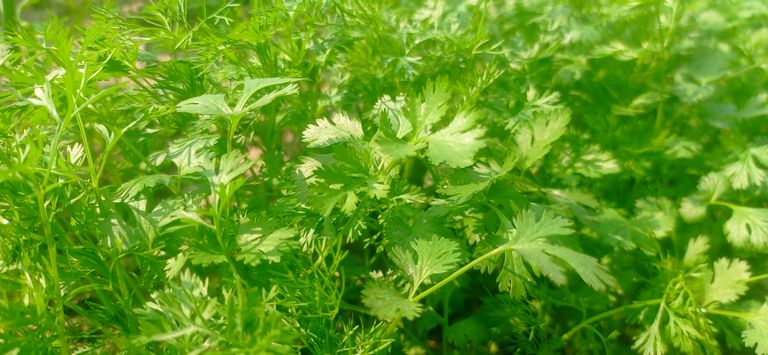
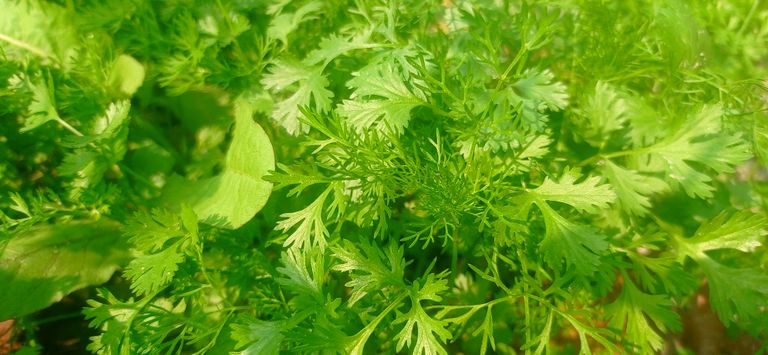
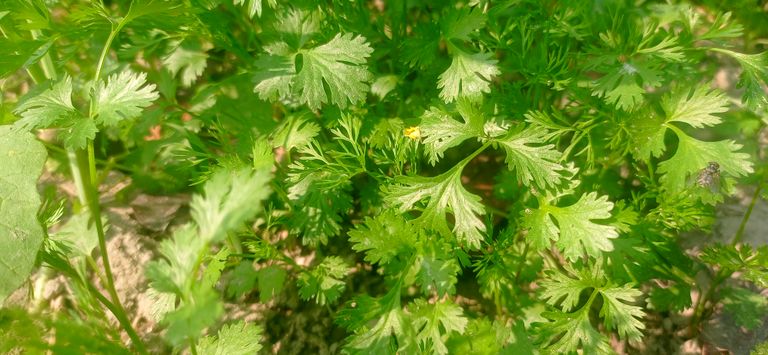
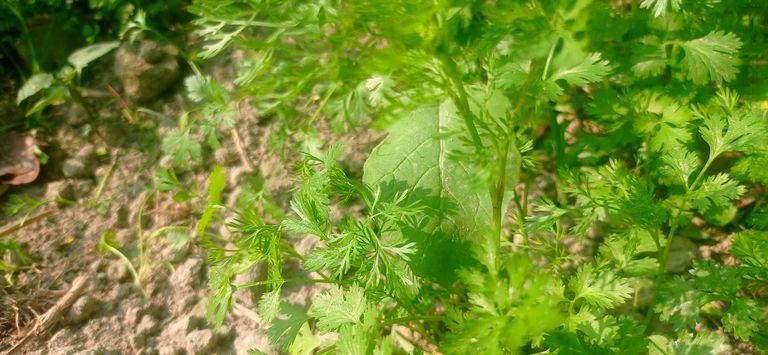
Vitamin C: Coriander is rich in vitamin C, which is vital for the immune system, skin health, and collagen production. A 100-gram serving provides about 27 mg of vitamin C, which is about 45% of the recommended daily intake.
Vitamin A: Coriander leaves contain beta-carotene, which the body converts into vitamin A, supporting vision, skin health, and immune function.
Vitamin K: Coriander is a good source of vitamin K, important for blood clotting and bone health.
Folate: Folate, or vitamin B9, is essential for cell division and the production of DNA, making it particularly important for pregnant women.
Iron: Coriander leaves contain iron, which is crucial for red blood cell production and oxygen transport in the body.
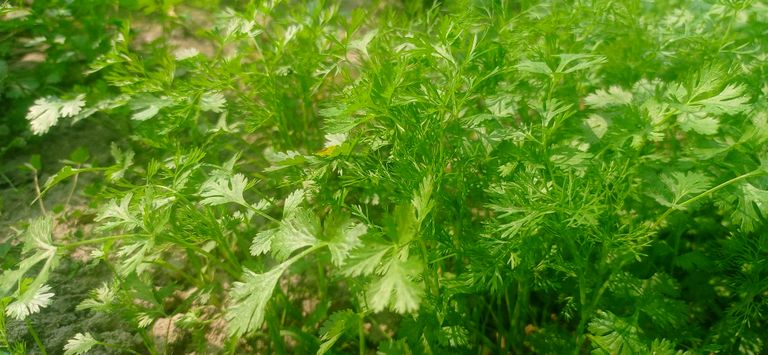
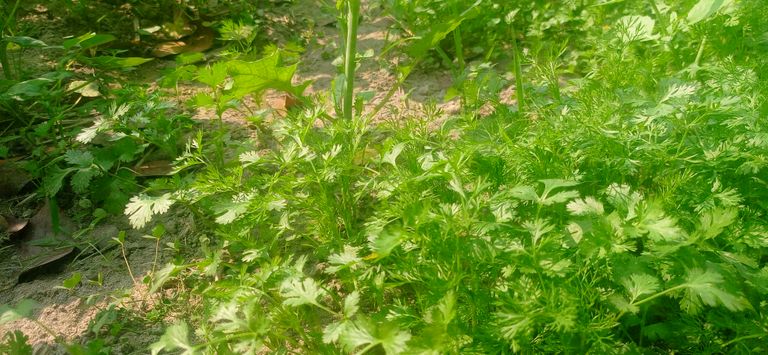
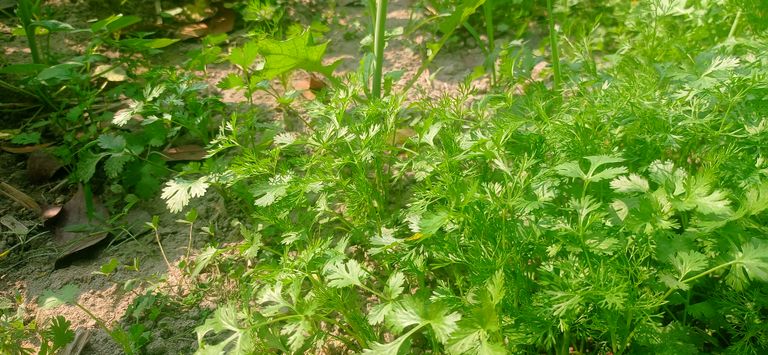
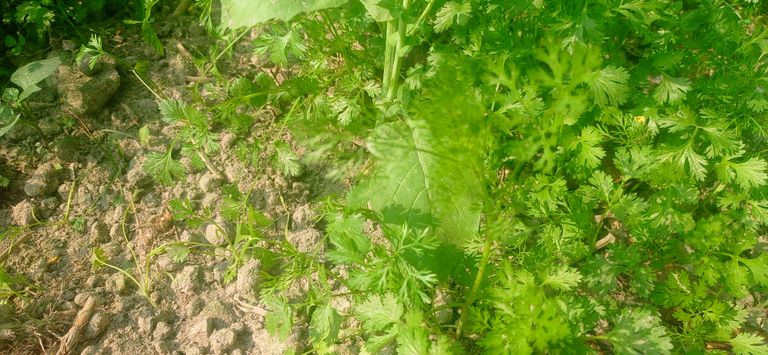
Minerals
In addition to vitamins, coriander leaves are rich in important minerals:
Calcium: Essential for bone and teeth health.
Magnesium: Important for muscle and nerve function, as well as energy production.
Potassium: Helps maintain fluid balance, regulate blood pressure, and support heart function.
Antioxidant and Anti-inflammatory Properties
Coriander leaves contain numerous antioxidants, such as flavonoids and phenolic compounds, which help protect the body from oxidative stress and inflammation. Regular consumption of coriander leaves may help reduce the risk of chronic diseases such as heart disease, diabetes, and certain cancers.
Other Health Benefits
Coriander leaves are also known for their digestive benefits. They contain compounds that can help stimulate digestion, relieve indigestion, and reduce bloating. Additionally, coriander has been shown to have antibacterial, antifungal, and anti-inflammatory properties, which may support overall health and immunity.
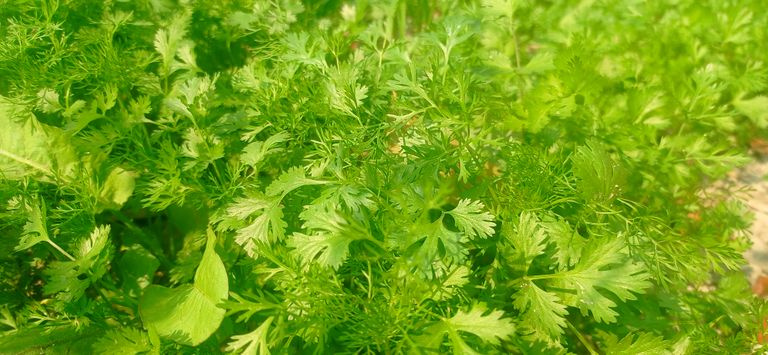
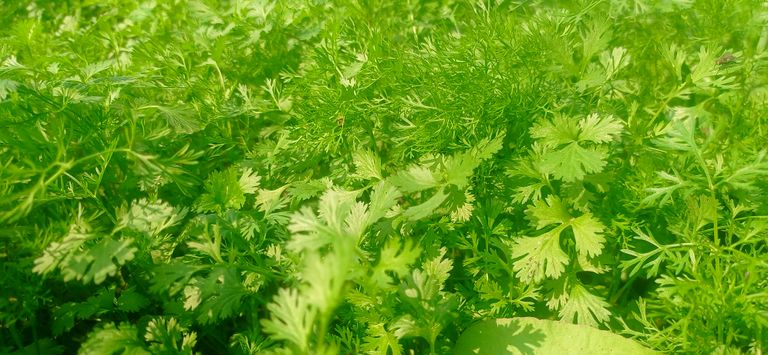
Coriander leaves are an easy-to-grow herb that adds flavor, fragrance, and nutrition to any meal. Cultivating coriander requires attention to soil, temperature, and water conditions to ensure healthy plant growth and bountiful harvests. Nutritionally, coriander leaves are a powerhouse, providing essential vitamins, minerals, and antioxidants that promote health and well-being. Whether used fresh or dried, coriander leaves offer numerous culinary and medicinal benefits, making them a valuable addition to any garden or diet.
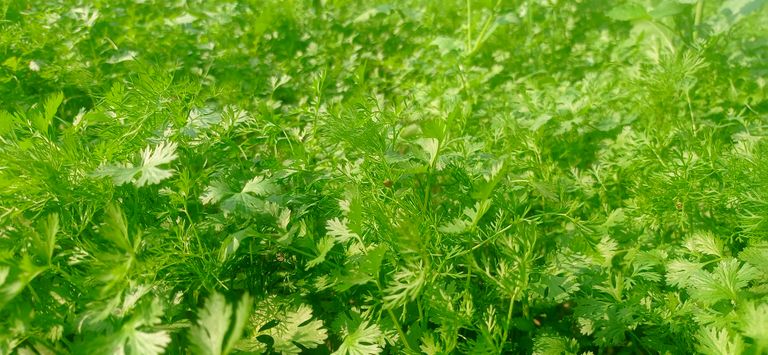

video credit krishi porivbar
So far Today...
Stay Home
Thanks for Your Time Friend.
♥♥♥♥♥♥
Ok
See you Again in a New blog.
Thanks for being with me.
Plese Follow Me......
@mspbro
★★To contact me★★
Subscribe My 3speak Channel https://3speak.online/user/mspbro
Follow me Twitter https://twitter.com/mdsumonpra
Add me Facebook https://www.facebook.com/sumon.mim84